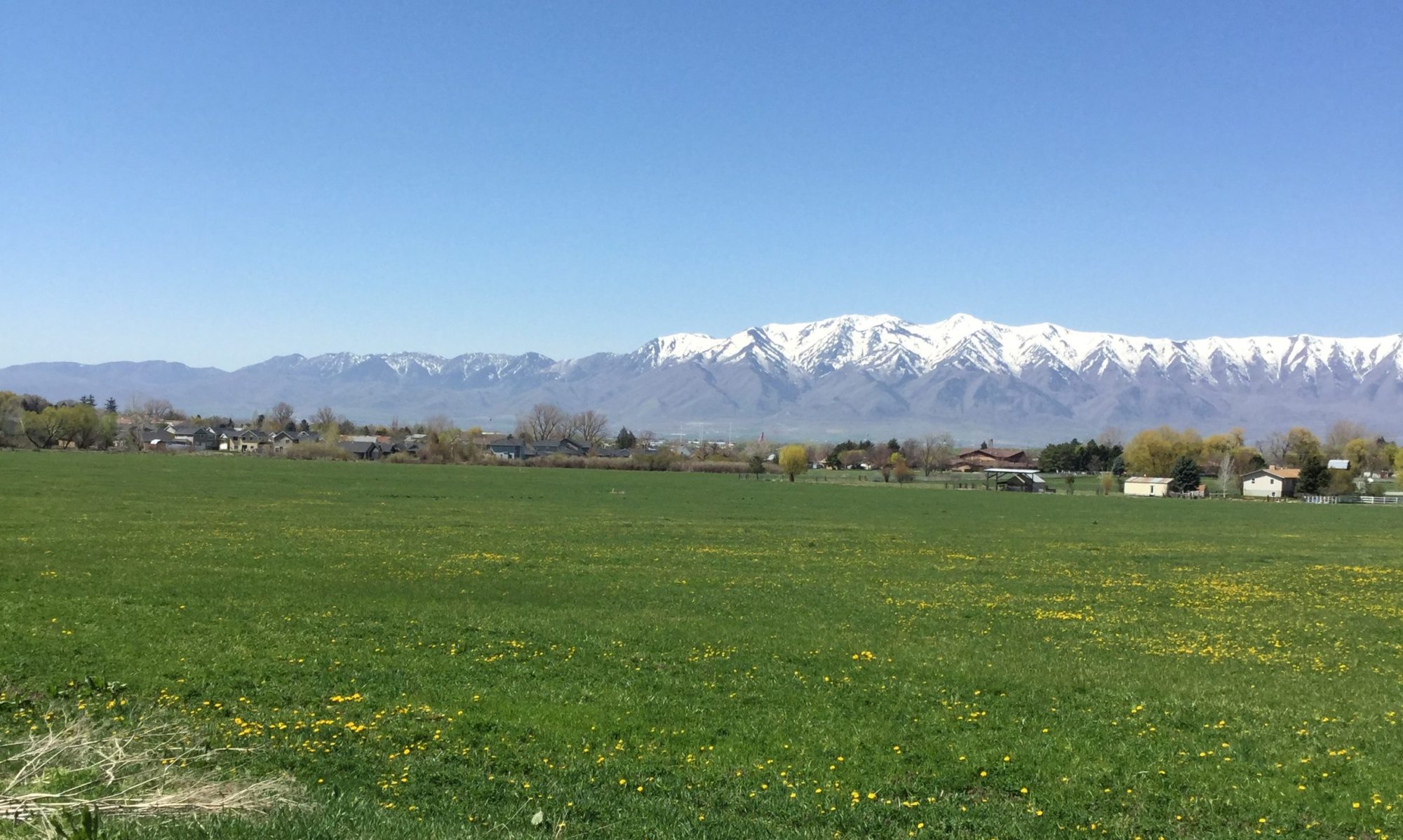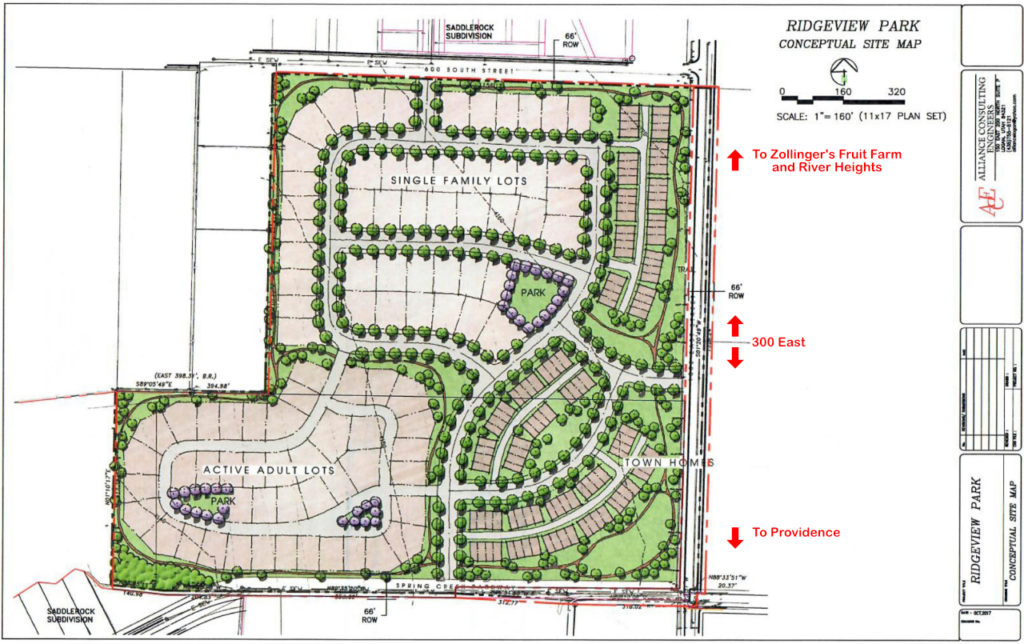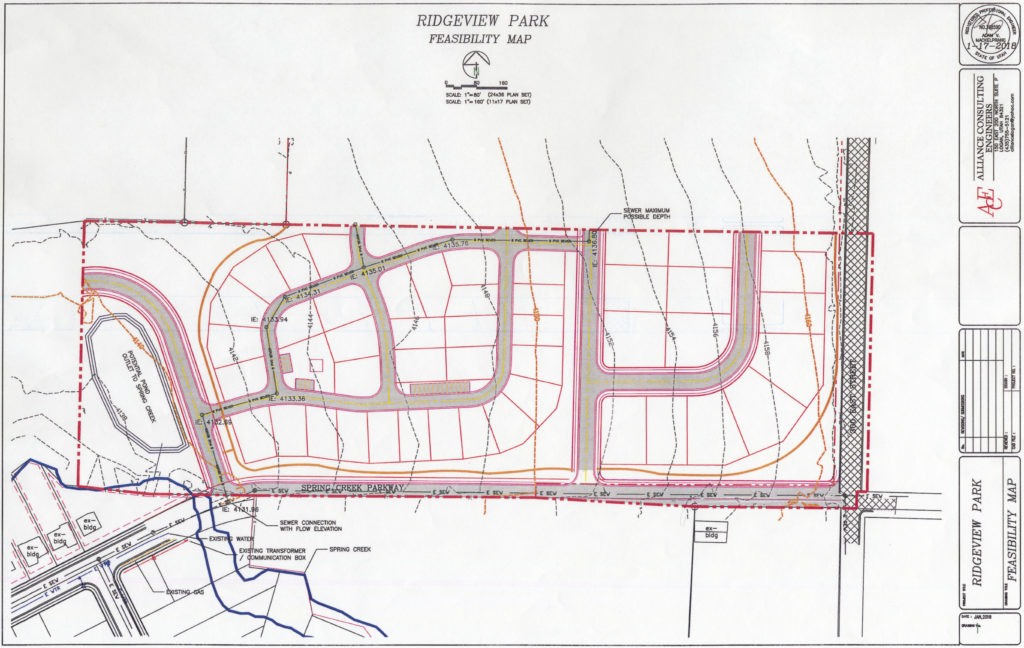On April 24, 2018 the Providence City Council approved a new zone to be added to the Providence Code: the “Life Cycle Residential” zone. This zone is defined as a planned district which may include single family detached houses, single-family attached houses (i.e., town homes), “active adult” twin homes and apartments. This new zone is defined as a “rezone” which may be superimposed upon any already existing zone in Providence, such as the single-family residential zone. This means that an already existing neighborhood which is clearly specified on the zoning map as being in a single-family residential zone can be rezoned to the new Life Cycle Residential zone for the purpose of introducing high-density zoning into an already developed single-family neighborhood.
The Annexation Issue
Concurrently, a real estate development company has requested annexation into Providence City of a 19-acre parcel which is presently zoned “Agricultural”. This parcel lies between the north boundary of Providence City and the south boundary of River Heights, with an east boundary of 300 East in Providence ( =1000 East in River Heights). The parcel lies between two established single-family neighborhoods: one in Providence and the other in River Heights.
Ignoring Citizens’ Rights
It is clear that the Constitutionally protected right to the use and enjoyment of a citizen’s private property will be challenged very directly if this new Life Cycle Residential zone is chosen for the annexation parcel’s development. These Constitutional rights will be ignored by any decision which imposes high-density zoning on single-family neighborhoods. Additionally, as is true of any addition of residential expansion to a town, it will cost the taxpayers considerable money by definition, due to the taxpayers’ obligation to provide services such as water, sewer, snow removal, street maintenance, police protection and fire protection. The added traffic which will result from the application of this new zone to that property will bring markedly increased traffic, traffic gridlock and street parking problems to the surrounding residential areas in both towns and to Providence generally. School crowding also will be an unavoidable result to both River Heights and Providence schools– which are both already in need of more classrooms for the existing school enrollment. No increased road infrastructure will likely precede such a decision to apply the new zone because there seems to be a great deal os haste involved. Two bridges are needed at either end of Spring Creek Parkway for any such development, and the taxpayers will be expected to pay for these bridges.


